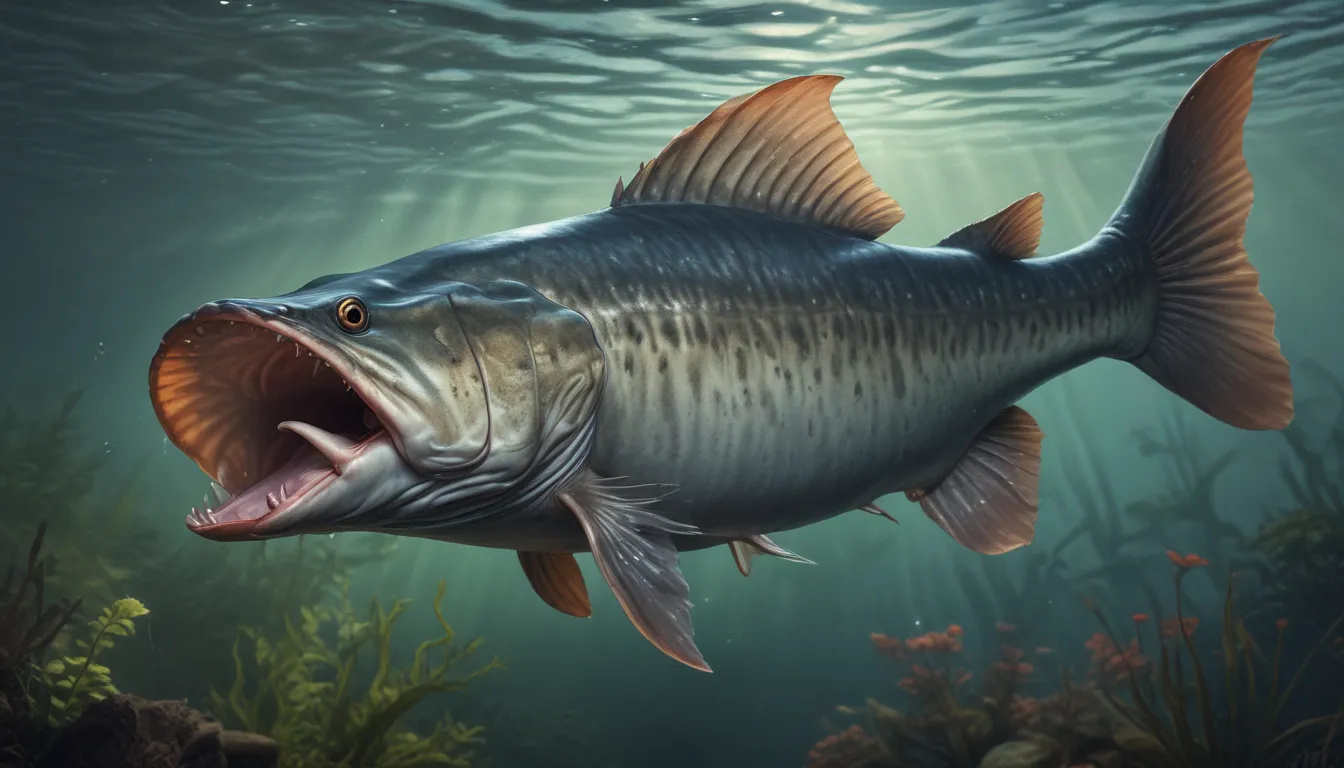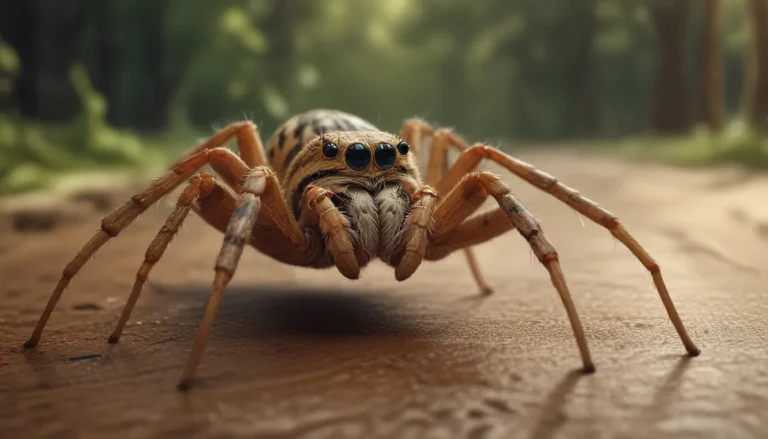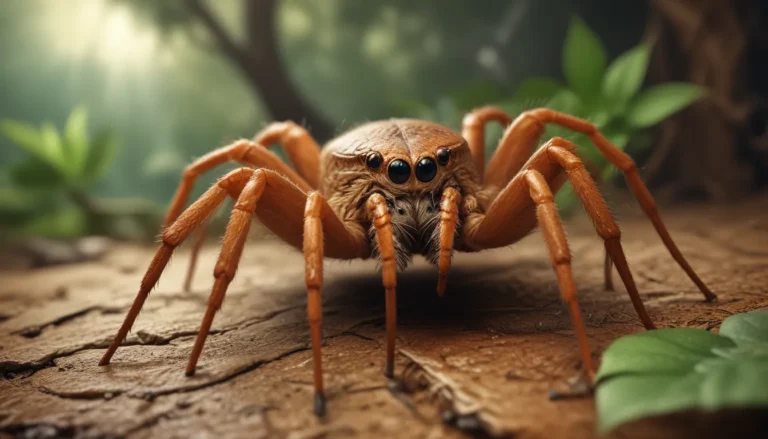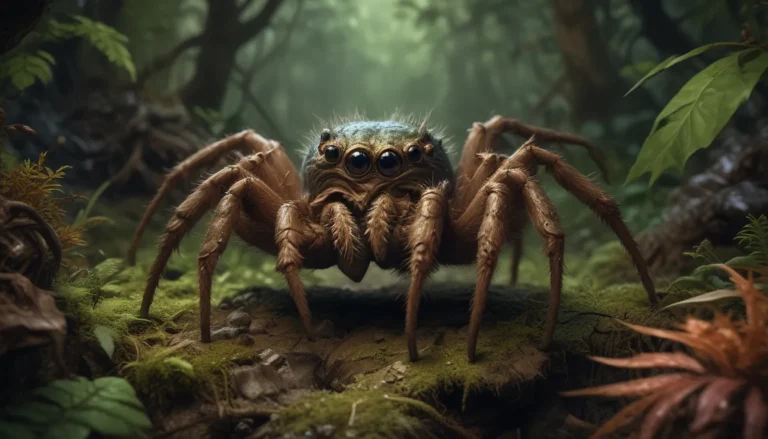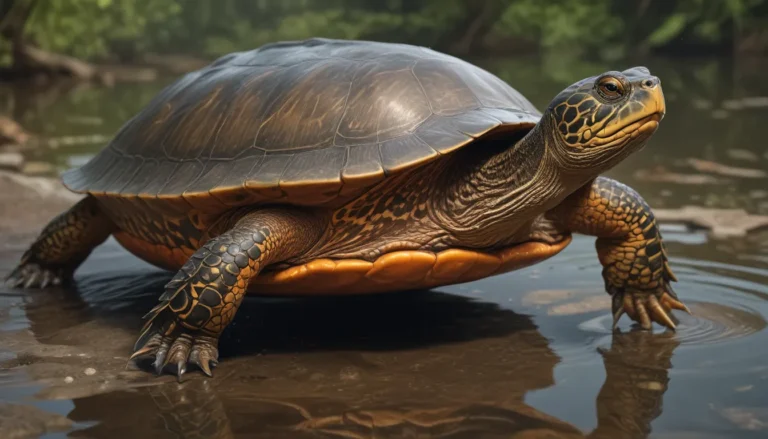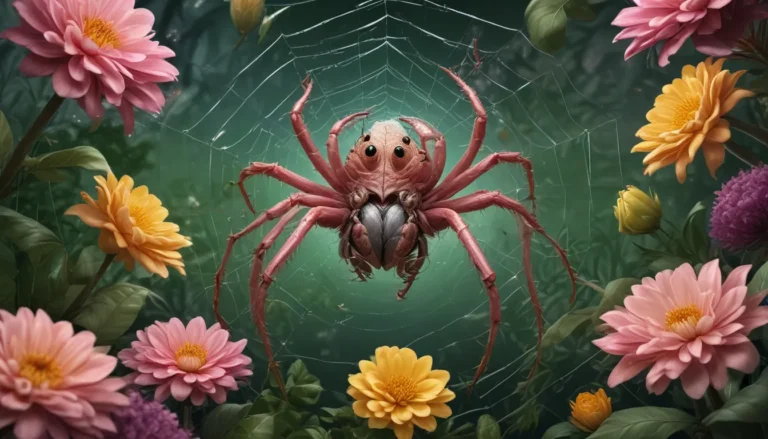The pictures we use in our articles might not show exactly what the words say. We choose these pictures to make you interested in reading more. The pictures work together with the words but don’t take their place. The words still tell you the important facts.
Are you ready to embark on an exciting journey into the depths of South American rivers? Join us as we uncover the mysteries of the Piraiba catfish, the giants of freshwater rivers. From their impressive size to their essential role in the ecosystem, these remarkable creatures are sure to captivate your imagination.
Discover the Majesty of Piraiba Catfish
Let's start our exploration of the Piraiba catfish with an introduction to their grandeur. These magnificent creatures, also known as the Brachyplatystoma filamentosum, are the largest freshwater catfish species in the world. Picture a fish that can grow up to an astonishing length of 10 feet and weigh over 400 pounds! It's no wonder that anglers consider them a prized catch due to their size and strength.
Understanding the Appetite of Piraiba Catfish
One of the key characteristics of the Piraiba catfish is its voracious appetite. As apex predators, these catfish play a crucial role in maintaining the balance of aquatic ecosystems. They have a diverse diet, ranging from fish to crustaceans and even small mammals. Their insatiable hunger ensures that the ecosystem remains in harmony.
Exploring the Physical Features of Piraiba Catfish
Take a closer look at the distinctive physical features of the Piraiba catfish. With its elongated body shape, large mouth, and silver-grey coloration with black spots, this catfish is a sight to behold. Their streamlined body allows them to navigate swiftly through the currents of fast-flowing rivers, showcasing their adaptability in their natural habitat.
Delving into the Lifestyle of Piraiba Catfish
Did you know that Piraiba catfish are migratory species? These incredible creatures embark on extensive migration journeys, traveling thousands of miles in search of food and suitable breeding grounds. During the flooding season, they move upstream to access new feeding areas, showcasing their resilience and adaptability.
Uncovering the Unique Abilities of Piraiba Catfish
Listen closely as Piraiba catfish produce loud sounds by contracting their swim bladder. This low-frequency drumming serves various purposes, including communication and courtship rituals. Their fascinating reproductive behavior, where females lay thousands of adhesive eggs guarded by males until they hatch, further highlights the complexity of their abilities.
Marveling at the Sensory Adaptations of Piraiba Catfish
Witness the specialized sensory adaptations of Piraiba catfish, including highly sensitive barbels near their mouth. These barbels help them locate prey in low visibility conditions, showcasing their exceptional hunting skills. With a well-developed sense of smell, they can detect food from a considerable distance, demonstrating their prowess as apex predators.
Embracing the Habitat of Piraiba Catfish
Step into the world of the Amazon River basin, where Piraiba catfish call home. These remarkable catfish inhabit the main river channels, flooded forests, and freshwater lakes connected to the Amazon River system. Their presence in this diverse ecosystem underscores their importance in maintaining the ecological balance of the region.
Connecting with Anglers and Conservation Efforts
Join anglers from around the world as they seek to test their skills against the formidable Piraiba catfish. Due to their impressive size and challenging nature, these catfish are highly sought after by sport fishermen. However, as their populations decline due to overfishing and habitat destruction, conservation efforts become crucial to protect their existence for future generations.
Uniting for Conservation: Preserving Piraiba Catfish
As we conclude our exploration of the Piraiba catfish, let's reflect on the importance of conservation efforts. By safeguarding the populations of these giant catfish through initiatives such as fishing regulations and habitat preservation, we ensure their survival in the face of environmental challenges. Together, we can protect the biodiversity of our planet and secure a future where Piraiba catfish thrive in their natural habitat.
FAQs: Answering Your Questions about Piraiba Catfish
- How big can a Piraiba catfish get? Piraiba catfish can reach incredible sizes, exceeding 10 feet in length and weighing over 400 pounds.
- What do Piraiba catfish eat? Piraiba catfish are opportunistic predators, feeding on a variety of prey including fish, crustaceans, and small mammals.
- Where can Piraiba catfish be found? Piraiba catfish are native to the Amazon and Orinoco River basins in South America, specifically in Brazil, Colombia, and Venezuela.
- Are Piraiba catfish endangered? While not currently listed as endangered, Piraiba catfish face threats such as overfishing and habitat destruction.
- Can Piraiba catfish be kept as pets? Due to their enormous size and specialized care requirements, Piraiba catfish are not suitable for home aquariums.
Embrace Knowledge, Inspire Change
As we embark on this journey through the world of Piraiba catfish, let's celebrate the diversity and wonder of the animal kingdom. By learning about these extraordinary creatures and the critical role they play in the ecosystem, we gain a deeper appreciation for the interconnectedness of all life forms. Together, let's continue to explore, educate, and advocate for the preservation of our planet's precious biodiversity.
